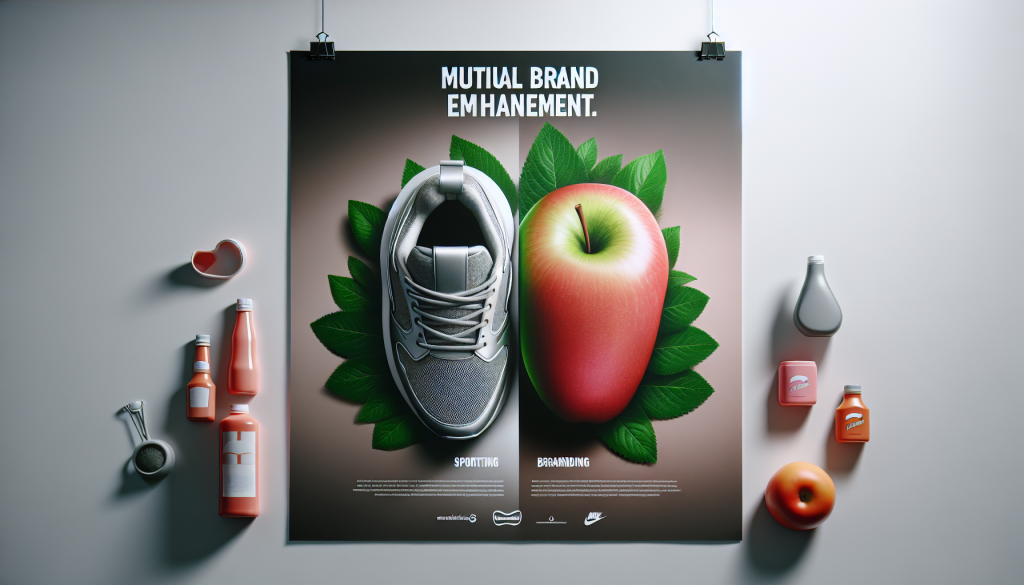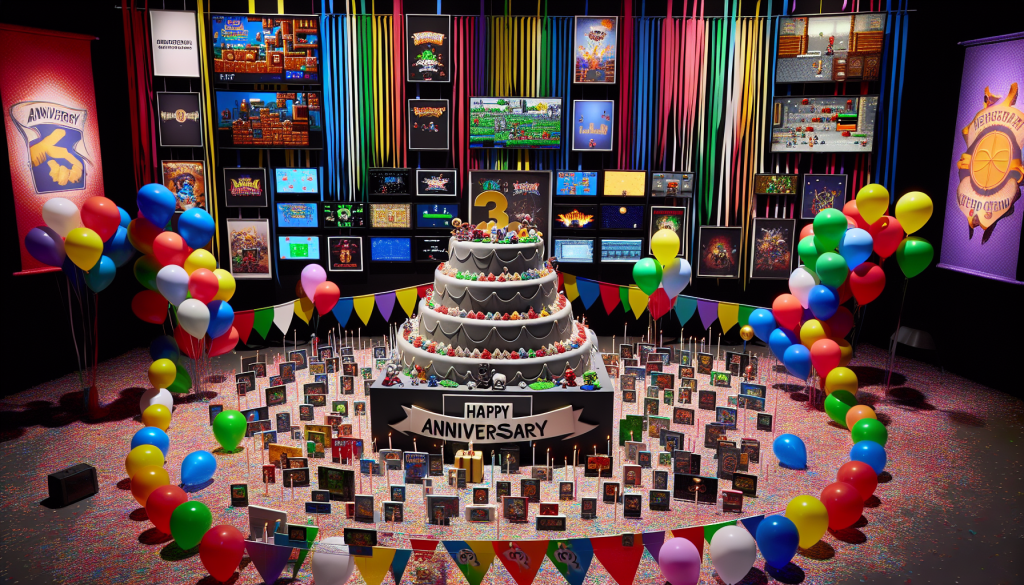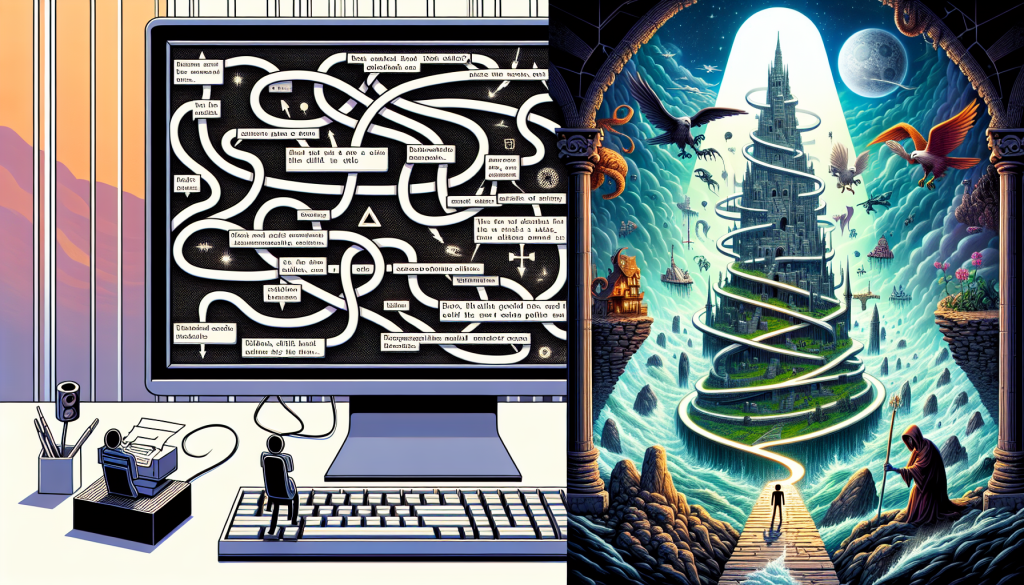The Evolution of Advertising: From Informational to Entertaining
Have you ever found yourself humming along to a catchy jingle or re-watching a commercial just because it was fun? If you answered yes, then congratulations! You’ve experienced the magic of entertaining advertising. This concept might seem commonplace now, but believe it or not, there was a time when ads were strictly business. Let’s take a quick stroll down memory lane to see how we got from there to here.
The Dawn of Informational Advertising
In the early days of advertising, the primary goal was purely informational. The advertiser had a product or service, and the role of the ad was to inform potential customers that this product existed and why they should buy it. These ads were all about the facts and figures. If you think about it, they were more like a salesman giving a pitch than a creative endeavour.
The Shift Towards Entertaining Advertising
As more and more businesses started to advertise, the market became cluttered. The result? Consumers started to tune out the noise. That’s when advertisers had a lightbulb moment. What if they could make their ads more engaging and enjoyable? What if they could make people want to watch their ads? And thus, the evolution towards entertaining advertising began.
- The Rise of the Jingle: In the 1930s and 40s, businesses began to experiment with catchy tunes or jingles. The idea was simple. The catchier the jingle, the more likely it was to stick in people’s heads, which in turn meant they were more likely to remember the product.
- Unleashing the Power of Storytelling: By the 1960s, advertisers were not only using jingles but also starting to tell stories. They realized that if they could evoke an emotion in their audience – whether it was humour, happiness, or even nostalgia – their ad was more likely to be memorable.
- Enter the Age of Electronic Advertising: The advent of television in the mid-20th century was a game changer for advertisers. Now they could combine visuals, sound, and storytelling to create a truly immersive ad experience.
As we moved into the 21st century, the trend towards entertaining advertising has only intensified, with businesses continually pushing the boundaries of creativity to catch the attention of the ever-distracted consumer.
Why Make Thе Shift?
Why did advertisers decide to make this shift from informational to entertaining? Simple, it was a matter of survival. In a world where consumers are bombarded with information from every angle, the only way to cut through the clutter is to create ads that are as enjoyable as they are informative.
Entertaining advertising provides a win-win scenario. The consumer gets to be entertained (win!), and the advertiser gets their message across (double win!). As advertisers continue to push the envelope, one thing’s for sure: Advertising has come a long way from its informational origins, and we’re all the better for it.
The Intersection of Advertising and Entertainment: The Blending of Two Worlds
Once upon a time, advertising and entertainment were like two ships passing in the night. They existed side by side but rarely crossed paths. But as time went by, these two worlds have begun to blend in a thrilling dance of innovation and creativity that is reshaping the landscape of marketing.
So, how did we get here? Let’s dive in, shall we?
With the advent of the digital age, there has been a phenomenal shift in the way businesses reach out to their customers. Instead of just providing information about their products or services, companies have started incorporating entertaining elements into their advertising strategies. This intersection of advertising and entertainment is becoming more and more prevalent, with brands creating enjoyable content that is entertaining in its own right.
Why the change, you ask? Consider this – people are now consuming content more than ever before. But they’re also more discerning about what they consume. They crave content that is engaging, appealing, and exciting. So, the smart move for brands is to create advertising content that is not just promotional but also genuinely fun to watch, listen to, or interact with.
And the results? They speak for themselves.
Benefiting Brands and Audiences Alike
When advertising meets entertainment, it’s a win-win situation. For brands, it allows them to create ads that are more likely to be shared, liked, and remembered. It gives them a chance to connect with their audience on a deeper level, by stirring emotions and sparking conversations. Plus, it’s a great way to stand out in a crowded marketplace.
And what about the audience? Well, they get to enjoy ads that are entertaining, engaging, and memorable. No longer do they have to sit through boring, bland commercials. Instead, they get to consume ads that feel more like short films, music videos, or interactive games. It’s no surprise that many people now look forward to seeing ads from their favorite brands.
The Perfect Blend
So, we can see that the intersection of advertising and entertainment is not just a passing trend. It’s a powerful strategy that’s here to stay. It’s the confluence of creativity and commerce, the perfect blend of business and pleasure.
What’s even more exciting is that this is just the tip of the iceberg. As technology continues to advance and our ways of consuming content evolve, the possibilities for entertaining advertising are only going to expand.
But for now, let’s just enjoy the ride. After all, who doesn’t love a good show?
Case Studies: Successful Entertaining Ad Campaigns and Their Impact
Advertising is not just about selling products anymore; it’s about creating a relatable narrative that resonates with the audience. Let’s take a look at a few iconic ad campaigns that perfectly blended entertainment and advertising to create a lasting impact.
1. Old Spice: “The Man Your Man Could Smell Like”
Remember when Old Spice transformed from an ‘old man’ brand into a cultural phenomenon? This was all thanks to their hilarious and entertaining ad campaign featuring actor Isaiah Mustafa. The advertisement showed him switching from one extravagant scenario to another, all while maintaining a straight face and a tone of charming arrogance. It was such a hit that it not only boosted sales but also revived the brand’s image, proving that humor can be a powerful tool in advertising.
2. Dove: “Real Beauty Sketches”
Dove’s “Real Beauty Sketches” campaign is another example of an ad campaign that struck a chord with its audience. The campaign commended real beauty, a sharp contrast to the usual beauty industry tactics. It showed women describing their appearance to a forensic artist, who then drew them based on their description. The result? A powerful campaign that gave a strong social message about self-perception and self-confidence, making it quite the tear-jerker and an advertising triumph.
3. Nike: “Just Do It”
No list of successful ad campaigns could be complete without the mention of Nike’s iconic “Just Do It” campaign. Since its inception, the campaign inspired millions around the world to push their limits, all while promoting Nike’s range of sports gear. The campaign is a perfect example of how the right blend of inspiration, motivation, and product promotion can do wonders for a brand.
These successful ad campaigns are a testament to the fact that entertainment in advertising isn’t just about laughs; it’s about creating a narrative that resonates with the audience on a deeper level. Whether it’s humor, motivation, or social message, the key is to create an ad that the audience will remember, talk about, and most importantly, act upon.
So, if you’re planning an ad campaign, remember: don’t just sell, tell a story. Create an ad that’s not only informative but also entertaining, and watch your brand soar to new heights.
The Future of Advertising: The Increasing Role of Entertainment in Ad Creation
As we look towards the future of advertising, the role of entertainment in ad creation is set to dramatically increase. Gone are the days of straightforward, product-focused advertisements. Today, it’s all about creating engaging, entertaining content that resonates with your audience.
So, what does this mean for businesses and marketers? Let’s dive in!
Storytelling: The Cornerstone of Entertaining Ads
First and foremost, storytelling will become even more critical. According to a Harvard Business Review study, storytelling is the most powerful way to activate our brains and to stimulate engagement. When an ad tells a story, it’s not just selling a product or service; it’s creating a connection with the audience.
Interactive Advertising: Engaging the Audience
Next, interactive advertising will take center stage. This is all about creating ads that involve the audience in some way. Whether it’s a social media contest, an online game, or a virtual reality (VR) experience, interactive ads are designed to entertain while promoting a brand or product.
- Social media contests: These are an excellent way to drive engagement and virality. They also make your audience feel like they’re part of your brand’s story.
- Online games: Gamified ads can be incredibly effective, particularly with younger audiences. They combine entertainment with brand promotion in a seamless, engaging way.
- VR experiences: As VR technology becomes more accessible, we’ll likely see more of these immersive, entertaining ads. They offer a level of engagement that’s hard to beat.
Humor in Advertising: Making Ads Memorable
Humor has always been a powerful tool in advertising, but in the future, it will be more important than ever. Why? Because humorous ads are memorable. They stand out in a crowded marketplace and create positive associations with your brand. No one forgets a funny ad, and that’s exactly what brands are striving for in an increasingly competitive landscape.
Remember, though, that humor needs to be used responsibly. It should align with your brand’s voice and values, and it should never offend or alienate your audience. When done right, a funny ad can do wonders for your brand’s visibility and reputation.
Redefining Success: Metrics Matter
Finally, the metrics we use to measure the success of ads will evolve. As entertainment becomes a core part of advertising, traditional metrics like click-through rates and conversion rates may not be enough. Brands will need to consider more nuanced metrics, like brand awareness, audience sentiment, and social shares, to truly understand the impact of their entertaining ads.
As you can see, the future of advertising is set to be an exciting, entertaining one. So get ready to laugh, engage, and tell some great stories with your ads!












